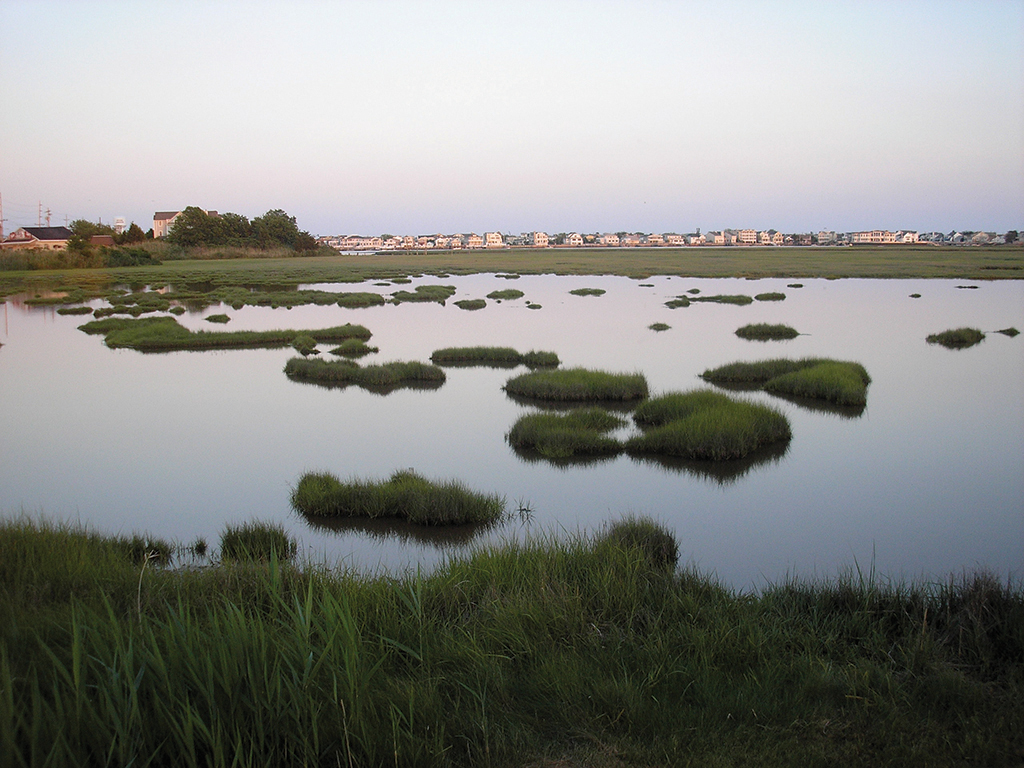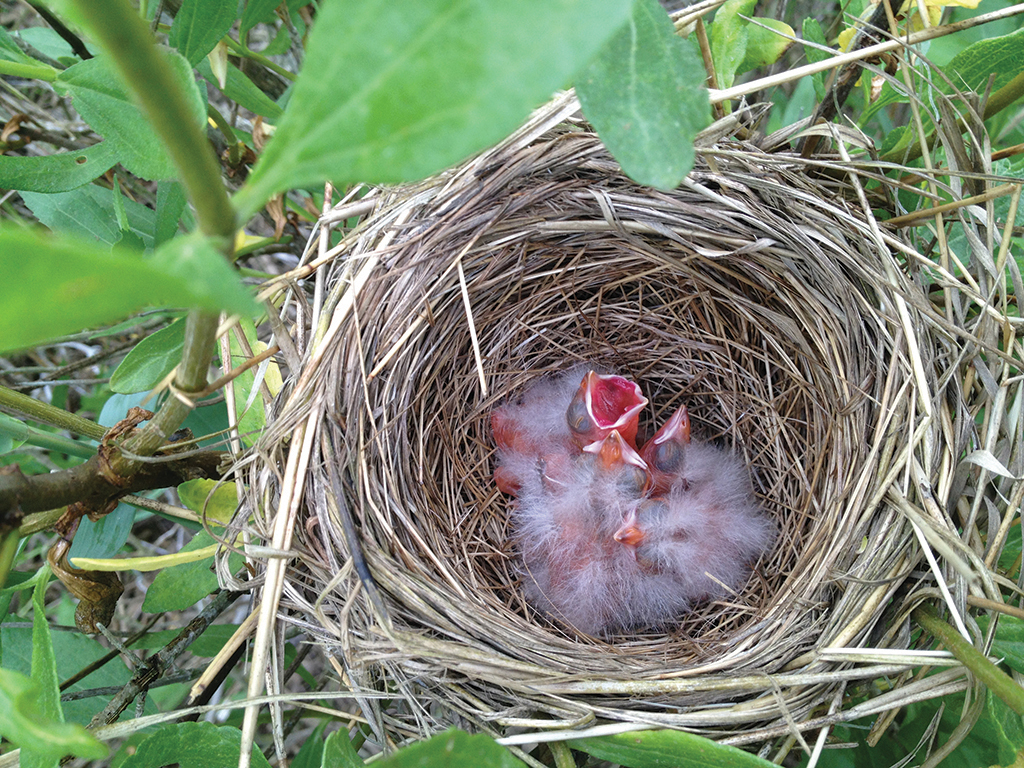

Wetlands are incredibly important and biologically diverse ecosystems. Many species of plants and animals spend their entire lives in wetlands. Many others find food in wetlands, use them as nesting or nursery grounds or stop in them to rest during migration.
Wetlands help to maintain water quality and marsh grasses slow run-off and allow sediments to fall out of suspension. Marsh plants remove excess nutrients and marsh mud can remove toxic heavy metals from the water. Wetlands help to control floods and reduce erosion during storms. Coastal wetlands provide valuable open space for recreation, education and research, while at the same time protecting the mainland from the destructive power of storm waves.
As you can see, the benefits of wetlands are vast. In efforts to support visitors of all ages in understanding the function and value of the salt marsh, The Wetlands Institute is introducing a series of three educational signs along our elevated walkway. These signs, created by past Environmental Education Interns Celina Daddario and Rachel Landman, highlight how wetlands function as filters, buffers and nurseries, while also explaining how these functions provide value to humans, wildlife and the surrounding environment. Each sign offers an exploration section encouraging visitors to locate items of interest along the walkway.
At The Wetlands Institute, we seek to have the salt marsh be a place of inspiration and exploration for both children and adults. So stop in for a visit, take a stroll along the walkway, and enjoy your self-guided exploration of the salt marsh!
